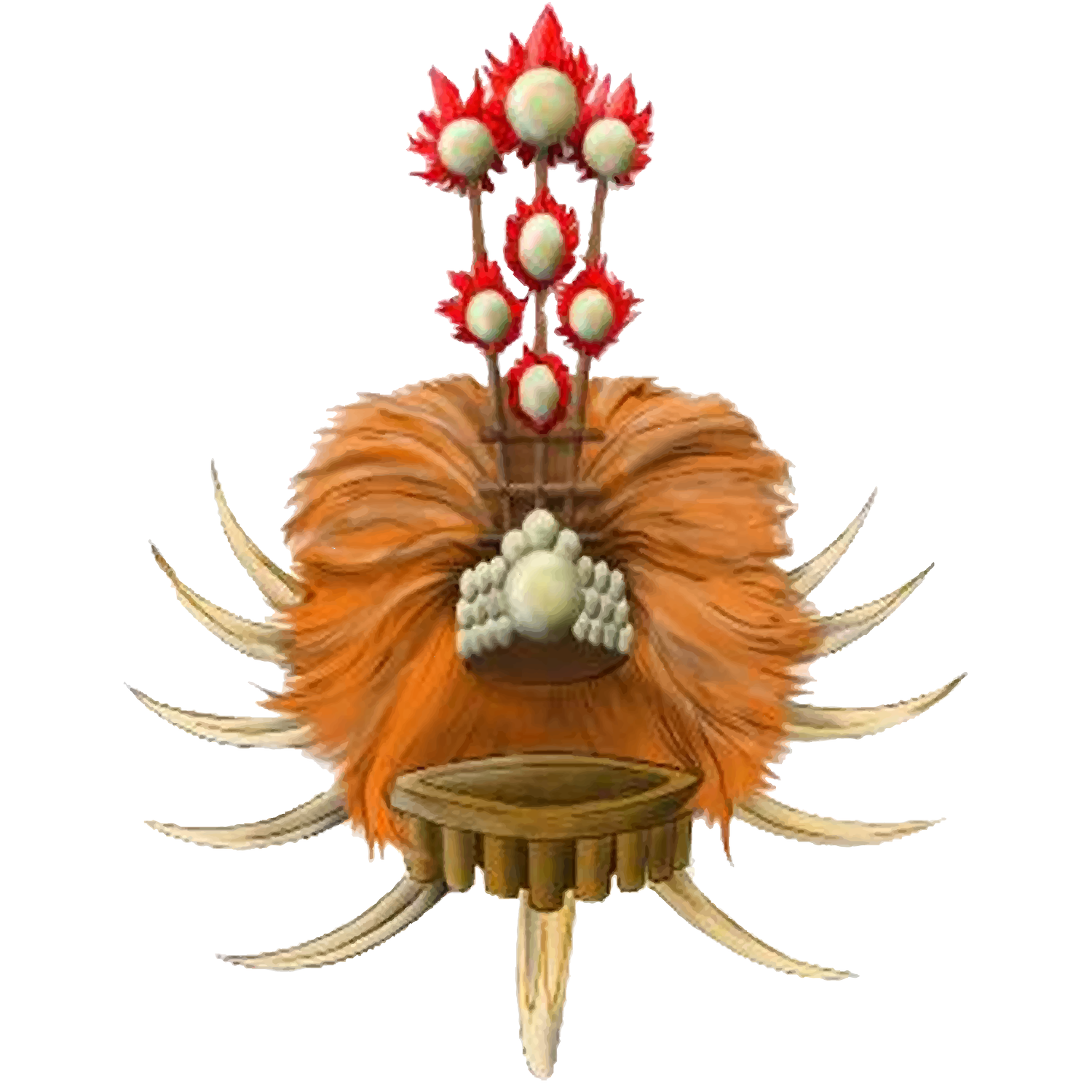about pago pago
Pago Pago, the capital of American Samoa, resides in Maoputasi County on Tutuila, the main island. It boasts one of the deepest natural deepwater harbors in the South Pacific Ocean, offering strategic advantages in fishing and commerce. Tourism, entertainment, food, and tuna canning form the primary industries. Pago Pago serves as the urban center, main port, and governmental hub of American Samoa. The Greater Pago Pago Metropolitan Area comprises several villages along Pago Pago Harbor, including Utulei, Fagatogo, Malaloa, Pago Pago, Satala, and Atu'u. Rainmaker Mountain influences the city's high annual rainfall, contributing to its status as one of the world's rainiest harbors. Historically, Pago Pago Bay's strategic importance led to the political separation of Western and Eastern Samoa, and its harbor served as a crucial coaling station for the U.S.
HISTORY
Pago Pago traces its settlement back 4,000 years, with archeological findings suggesting human habitation in the Pago Pago Valley 1,500-1,300 years ago. The ancient Tutuila inhabitants crafted clay pottery known as Samoan Plainware, mostly plain bowls with rounded bases, recovered from sites like Vaipito. Evidence of more substantial constructions like house foundations and terraces has also been unearthed in the Vaipito Valley. Ceramic artifacts found at Vaipito and Fo’isia date back to 350 BCE to 130 CE, showcasing early human activity in the area. In Samoan folklore, Fua’au, a warrior from Pago Pago, is credited with expelling Tongan invaders from Tutuila, driven by the abduction of his fiancé Tauoloasi’i and the coveted mat, Moeilefuefue. Upon Westerners' arrival, Mauga served as the paramount chief of Pago Pago.
WORLD WARS
During World War I in May 1917, two German ships anchored in Pago Pago were seized when the U.S. joined the conflict. The Elsass was towed to Honolulu and the gunboat Solf was transformed into the USS Samoa. Pago Pago served as a crucial naval base for the U.S. during World War II. In January 1942, a Japanese submarine shelled Pago Pago Harbor, marking the islands' only battle action during the war. The 2nd Marine Brigade arrived in Pago Pago on January 20, 1942, with about 5,000 troops and supplies, including cannons and tanks. First Lady Eleanor Roosevelt visited Pago Pago and the U.S. Naval Station on August 24, 1943. World War II guns were positioned at Blunt's and Breaker's Points to protect Pago Pago Harbor. Today, these emplacements are visible from well-known hiking trails.

